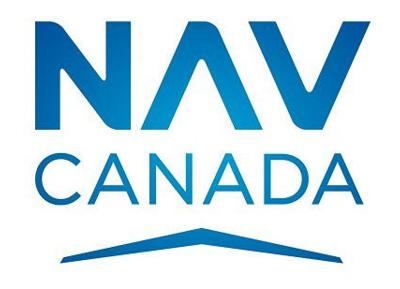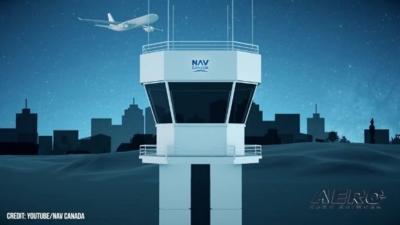Take Off to the Great White North
Automatic Dependent Surveillance–Broadcast (ADS-B)—after the likes of Mode-S, GPS, TCAS, and GPWS—is a technology begrudgingly endured by the generation of pilots upon whom it’s regulatorily foisted, yet universally lauded and deemed indispensable by their successors.

Love it or hate it, ADS-B is the cornerstone upon which the world’s civil aviation authorities plan to base near-future airspace and air-traffic control infrastructure. Just as the world outpaced, marginalized, then outright ostracized legions of luddites too slow, stubborn, or stupid to part company with their rotary-telephones, VHS entertainment systems, VHF-RNAVs, so the world’s forward-thinking nations have been and continue to close their airspaces to aircraft not kitted out with ADS-B capability.
The United States and other countries have published regulations mandating ADS-B on aircraft operating in their airspaces according to differing schedules. Some countries that don’t yet require the equipment have designated special routes and airspace to benefit those who voluntarily equip.
In the United States, ADS-B-equipped aircraft and vehicles exchange information on one of two frequencies: 978 MHz or 1090 MHz. Mode A/C and S transponders, as well as Traffic Collision and Avoidance Systems (TCAS), use 1090 MHz. ADS-B extends the message elements of Mode S, adding information about the aircraft and its position. This extended squitter is known as 1090ES. An international technical advisory committee chose 1090ES as the worldwide standard for ADS-B.

In February 2022, NAV CANADA laid out the reasons for, nature of, and effective dates of its plan to require aircraft operating in certain Canadian airspace to meet ADS-B Out Performance Requirements. However, supply-chain breakdowns and other such ramifications of the COVID madness have since compelled the agency to revise the dates on which its ADS-B edicts are to go into effect.
NAV CANADA’s ADS-B mandate will be implemented as follows:
- Class A Canadian airspace: 10 August 2023
- Class B Canadian airspace: 16 May 2024
- Class C, D and E to occur no sooner than 2026, and shall be determined pending further assessment.
To meet NAV CANADA’s ADS-B Out performance mandate, aircraft will need be provisioned with:
- A transponder with ADS-B out capabilities and performance consistent with the applicable standard of Radio Technical Commission for Aeronautics (RTCA) DO-260B, “Minimum Operational Performance Standards”, or newer.
- Antenna installations and capability for broadcast toward space-based ADS-B receivers emitting 1090 MHz extended squitter. This requirement can be met either through antenna diversity (the use of a top and bottom antenna) or with a single antenna that is capable of transmitting both towards the ground and up towards satellites.
NAV CANADA’s equipage requirements and overall aims facilitate the adoption and proliferation of satellite-based aircraft surveillance technologies, and ensure the country’s long-term alignment with the global aviation system.
 NTSB Final Report: Rutan Long-EZ
NTSB Final Report: Rutan Long-EZ ANN FAQ: Turn On Post Notifications
ANN FAQ: Turn On Post Notifications Classic Aero-TV: ICAS Perspectives - Advice for New Air Show Performers
Classic Aero-TV: ICAS Perspectives - Advice for New Air Show Performers ANN's Daily Aero-Linx (06.28.25)
ANN's Daily Aero-Linx (06.28.25) Aero-News: Quote of the Day (06.28.25)
Aero-News: Quote of the Day (06.28.25)




